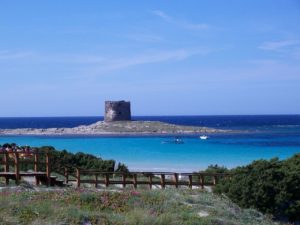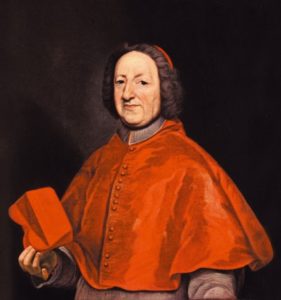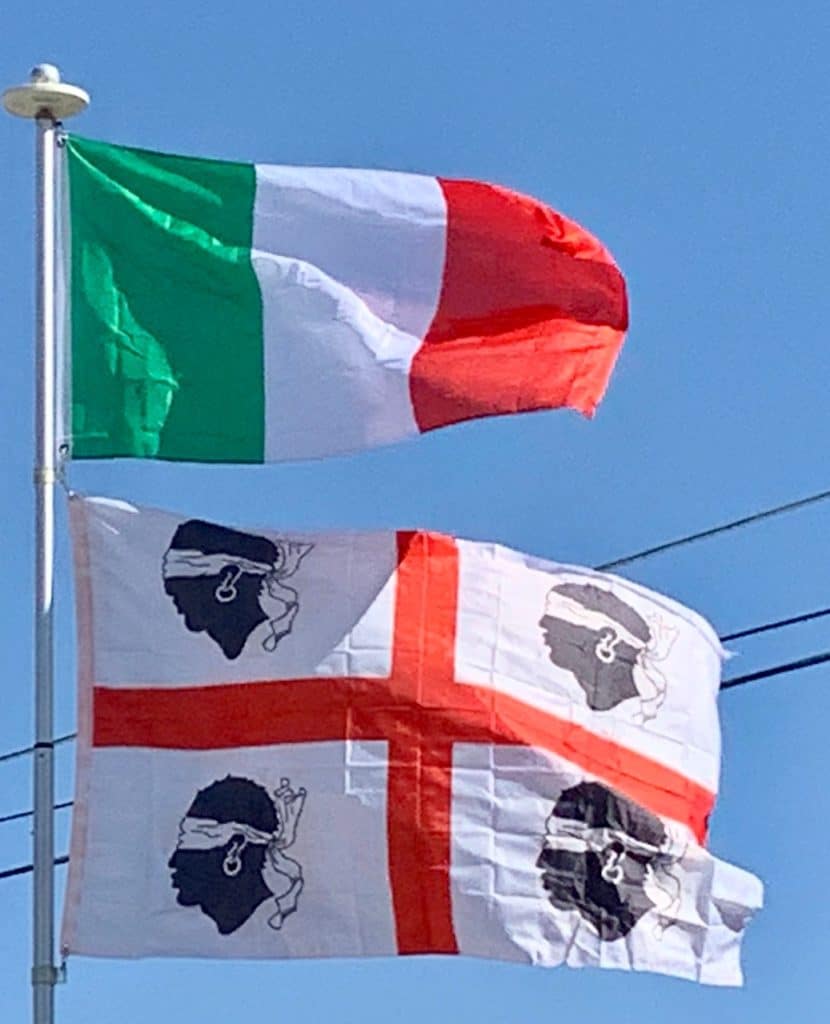The conquest of Sardinia by the Kingdom of Aragon meant the introduction of the feudal system throughout Sardinia. Thus Sardinia is probably the only European country where feudalism was introduced in the transition period from the Middle Ages to the early modern period, at a time when feudalism had already been abandoned by many other European countries.
Spanish Period:
In 1469, the heir to Sardinia, Ferdinand II of Aragon, married Isabel of Castile, and the “Kingdom of Sardinia” (which was separated from Corsica) was to be inherited by their Habsburg grandson, Charles I of Spain, with the state symbol of the Four Moors. The successors of Charles I of Spain, in order to defend their Mediterranean territories from raids of the Barbary pirates, fortified the Sardinian shores with a system of coastal lookout towers, allowing the gradual resettlement of some coastal areas.

The Kingdom of Sardinia remained Aragonese-Spanish for about 400 years, from 1323 to 1708, assimilating a number of Spanish traditions, customs and linguistic expressions, nowadays vividly portrayed in the folklore parades of Saint Efisio in Cagliari (1 May), the Cavalcade on Sassari (last but one Sunday in May), and the Redeemer in Nuoro (28 August). To this day Catalan is still spoken in the north-western city of Alghero (l’Alguer).
Savoyard Period:
In 1708, as a consequence of the Spanish War of Succession, the rule of the Kingdom of Sardinia passed from King Philip V of Spain into the hands of the Austrians, who occupied the island. The Treaty of Utrecht granted Sardinia to the Austrians, but in 1717, Cardinal Giulio Alberoni, minister of Philip V of Spain, reoccupied Sardinia.

In 1718, with the Treaty of London, Sardinia was eventually handed over to the House of Savoy; this Alpine dynasty would go on to introduce the Italian language on the island forty years later in 1760, thereby starting a process of Italianization among the islanders.
In 1793, Sardinians repelled the French Expédition de Sardaigne during the French Revolutionary Wars. On 23 February 1793, Domenico Millelire, commanding the Sardinian fleet, defeated the fleets of the French Republic near the Maddalena archipelago, of which then-lieutenant Napoleon Bonaparte was a leader. Millelire became the first recipient of the Gold Medal of Military Valor of the Italian Armed Forces. In the same month, Sardinians stopped the attempted French landing on the beach of Quartu Sant’Elena, near the Capital of Cagliari. Because of these successes, the representatives of the nobility and clergy (Stamenti) formulated five requests addressed to the King Victor Amadeus III of Sardinia, but they were all met with rejection. Because of this discontent, on 28 April 1794, during an uprising in Cagliari, two Savoyard officials were killed; that was the spark that ignited a revolt (called the “Sardinian Vespers”) throughout the island, which started on 28 April 1794 (commemorated today as sa die de sa Sardigna) with the expulsion and execution of the Piedmontese officers for a few days from the Capital Cagliari.
